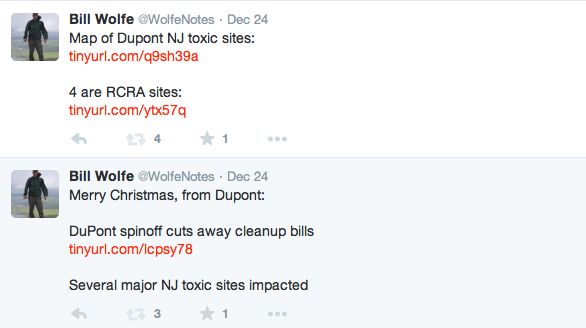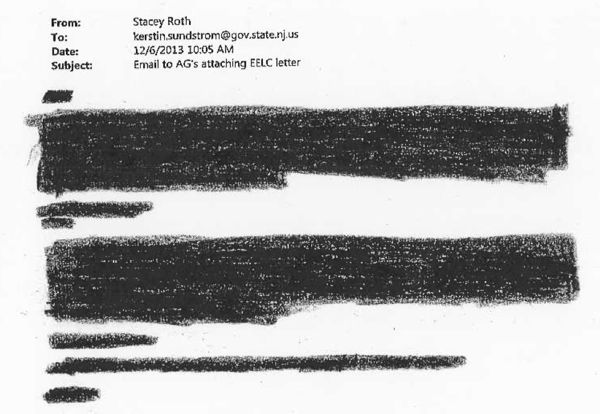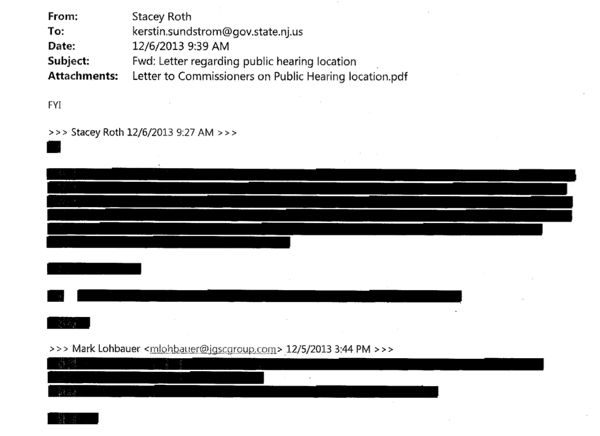Meet the Mythmakers
But happily ever after fails
And we’ve been poisoned by these fairytales ~~~~ The End of Innocence
[Update: 2/2/15 – this is what I was driving at, but lack the writing skills to convey: – Chris Hedges writes (read the whole thing)
Malcolm, like James Baldwin, understood that only by facing the truth about who we are as members of an imperial power can people of color, along with whites, be liberated. This truth is bitter and painful. It requires an acknowledgment of our capacity for evil, injustice and exploitation, and it demands repentance. But we cling like giddy children to the lies we tell ourselves about ourselves. We refuse to grow up. And because of these lies, perpetrated across the cultural and political spectrum, liberation has not taken place. Empire devours us all. ~~~ end update]
After reading today’s Bergen Record, I need to get two burrs out of my saddle before I am able to sleep tonight.
Both share the same underlying problems: the attempt to champion the interests of the people, while spouting myths that benefit corporate interests. Both do a disservice to readers.
These are huge errors, requiring no special expertise to detect, and are easily documented by a simple Google search.
- Revisionism on Eagles
The first one is easy.
In a story about the recovery of the bald eagle, reporter Jim O’Neill repeats a number of hypocrisies, myths, and historical revisionisms.
I won’t mention them all, but instead just two:
First, in the hypocrisy department, O’Neill and his sources tout the activism, collective political action, strong laws, strict enforcement, and well funded government programs that led to the bald eagle recovery effort – particularly bans and toxic site cleanup efforts.
“It’s incredible. It’s something I never thought in my wildest dreams that I’d see,” said Don Torino, president of the Bergen County Audubon Society. “It’s a story of people 40 years ago getting together, passing the Clean Water Act and the Endangered Species Act, banning DDT, and hoping something like this would happen. I think it ended up better than they even thought.”
Yet O’Neill’s sources in the conservation community, who point out this history and the effectiveness of regulatory mandates and the ban on DDT (they seem to have forgotten the PCB issue), have not only abandoned any work on those kind of political and regulatory issues.
Groups like Audubon are leading the charge and actively espouse the current anti-regulatory and anti-government ideology, which eschews political activism and seeks to dismantle government in favor of “corporate stewardship”, private land management, and voluntary individual lifestyle changes and market based and consumer choice strategies.
Ironically – or hypocritically – these exact same conservation groups just defunded the very science, regulatory, and toxic waste management and site cleanup programs that contributed to the bald eagle recovery success to fund open space, which does nothing to reduce the bioaccumulative chemicals that harm wildlife.
NJ Audubon led that effort.
[*I can’t recall Audubon or other conservation groups working on toxics issues or site cleanups, even those poisoning wildlife with bioacummulative toxics. And now, when we need another round of massive organizing and government bans and equally bold measures like the DDT, PCB, and lead bans of the 1970’s – like bans on coal power plants and a phase out of fossil fuels – groups like Audubon are off doing feel good measures.]
Prior to open space funds raid, they remained silent as the NJ DEP abandoned those successful regulatory efforts as well (see: New Jersey DEP Abandons Tougher Toxic Standards – Bald Eagle and Peregrine Falcon Warnings on Mercury, DDT and PCB Unheeded
Second, O’Neill parrots another standard historical revisionism, that of the “bi-partisan” glory days of the 1970’s.
For the record, I am referring to this standard myth, which is deeply misleading:
Laws provided important safeguards that helped the ongoing conservation efforts to restore bald eagle populations. Congress had passed the Clean Water Act in 1972 and the Endangered Species Act the following year. Both were signed into law by President Richard Nixon. The rebound of the eagles here reflects improving water quality in the state’s rivers and bays, Wheeler said.
The fact is that Nixon vetoed the Clean Water Act,.
Congress had to over-ride that veto. There was no “bi-parisan lovefest” (See: Clean Water Act 101—A bit of legislative history
[*See The Powell Memo for what was really going on at the time – and that Powell strategy led directly to our current state of affairs: corporate control, and groups like Koch Brothers fueled AFP and ALEC and the echo chamber of right wing think tanks like CATO Institute, The Heritage Foundation, and The Federalist Society. Nixon’s man Powell wrote the strategy that the Koch Brothers now implement.]
Perhaps worse, completely ignored are the activist movement politics and tactics that led to those legislative victories.
Much of the conservation community in NJ has virtually abandoned the tough struggles, aggressive political tactics, and activists roots that won victories they now coast on.
Virtually all of the funders have stopped funding that kind of work.
To bask in the success of that work while benefitting from the dismantling of that work is a disgrace.
- Drinking EPA Kool-Aid on the Role of Costs in Superfund Cleanup Decisions
This issue is more complex and requires that the intrepid editorial writers do a little research before simply accepting EPA statements at face value.
Unfortunately, editorial writers tend to depend on their news reporters – and in this case that reliance is misplaced.
I am referring to the Record’s editorial about the Ford Ringwood site: Toxic Legacy Remains
That editorial, while critical of EPA’s cleanup plan and expressing the appropriate perspective on the need for a complete cleanup, lets EPA off the hook:
The EPA still must approve the plan to cap the site. Federal law, unfortunately, seems to encourage the EPA to sanction proposals that are less costly than other options and that lead to redeveloping Superfund sites. That could be good news for the borough’s capping and recycling center proposal.
As I’ve written, it is simply not legally true – as Record reporter Scott Fallon has written (quoting self -serving EPA bureaucrat Walter Mugdan) – that the federal Superfund law mandates the lowest cost option or “seems to encourage the EPA to sanction proposals that are less costly than other options”.
Just the opposite is true – the Superfund law has a “preference for permanent remedies”.
Cleanup cost and cost effectiveness are NOT more important factors than a permanent complete cleanup protection of public health and the environment. Choice of cleanup option is a balancing test (see EPA on the role of costs in Superfund).
The NCP states that the overall goal of the remedy selection process is “to select remedies that are protective of human health and the environment, that maintain protection over time, and that minimize untreated waste” (40 CFR 300.430(a)(1)(i)).
Under EPA Superfund laws and regulations, EPA must consider a number of things when making cleanup decisions – they are of three different types, for a total of 9 overall criteria .
Note that these criteria are not given equal weigh – especially cost, which is just one of 5 balancing criteria and can not over-ride the threshold criteria (see 40 CFR Part 300):
(A) Threshold criteria. Overall protection of human health and the environment and compliance with ARARs (unless a specific ARAR is waived) are threshold requirements that each alternative must meet in order to be eligible for selection.
(B) Primary balancing criteria. The five primary balancing criteria are long- term effectiveness and permanence; reduction of toxicity, mobility, or volume through treatment; short-term effectiveness; implementability; and cost.
(C) Modifying criteria. State and community acceptance are modifying criteria that shall be considered in remedy selection.
EPA initially based the selected preferred remedy – complete removal of waste material – in part by consideration of the preference for permanent remedies and assumptions about future land use.
To now reverse that original decision and allow the “cap” or “contingent remedy”, EPA considered what they called in press reports “cost-effectiveness”, an undefined and discretionary concept I could not find in the regulations or the Ringwood ROD.
The EPA could have stood by their original cleanup plan.
They didn’t – the caved to Ford’s political pressure.
EPA should be held accountable for that – they should not be allowed to hide behind a false portrait of the role of costs in Superfund cleanup law, especially by well meaning editors at the Bergen Reocrd who seem to want to avoid embarrassing the lousy reporting of Scott Fallon.





